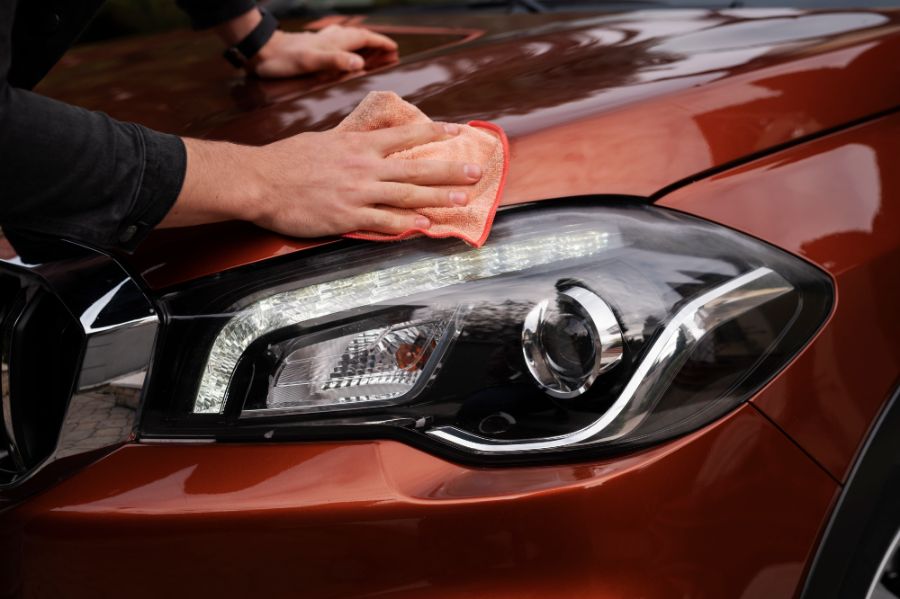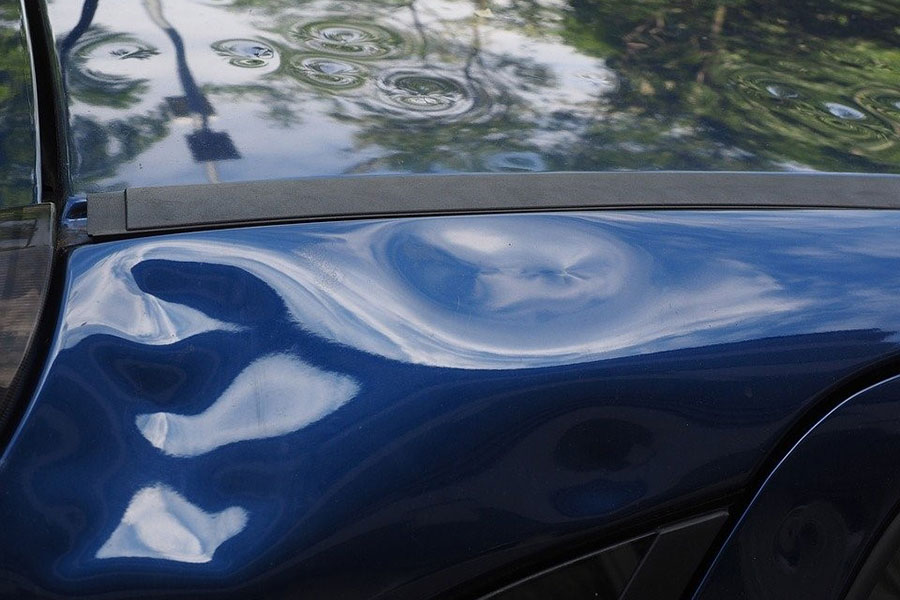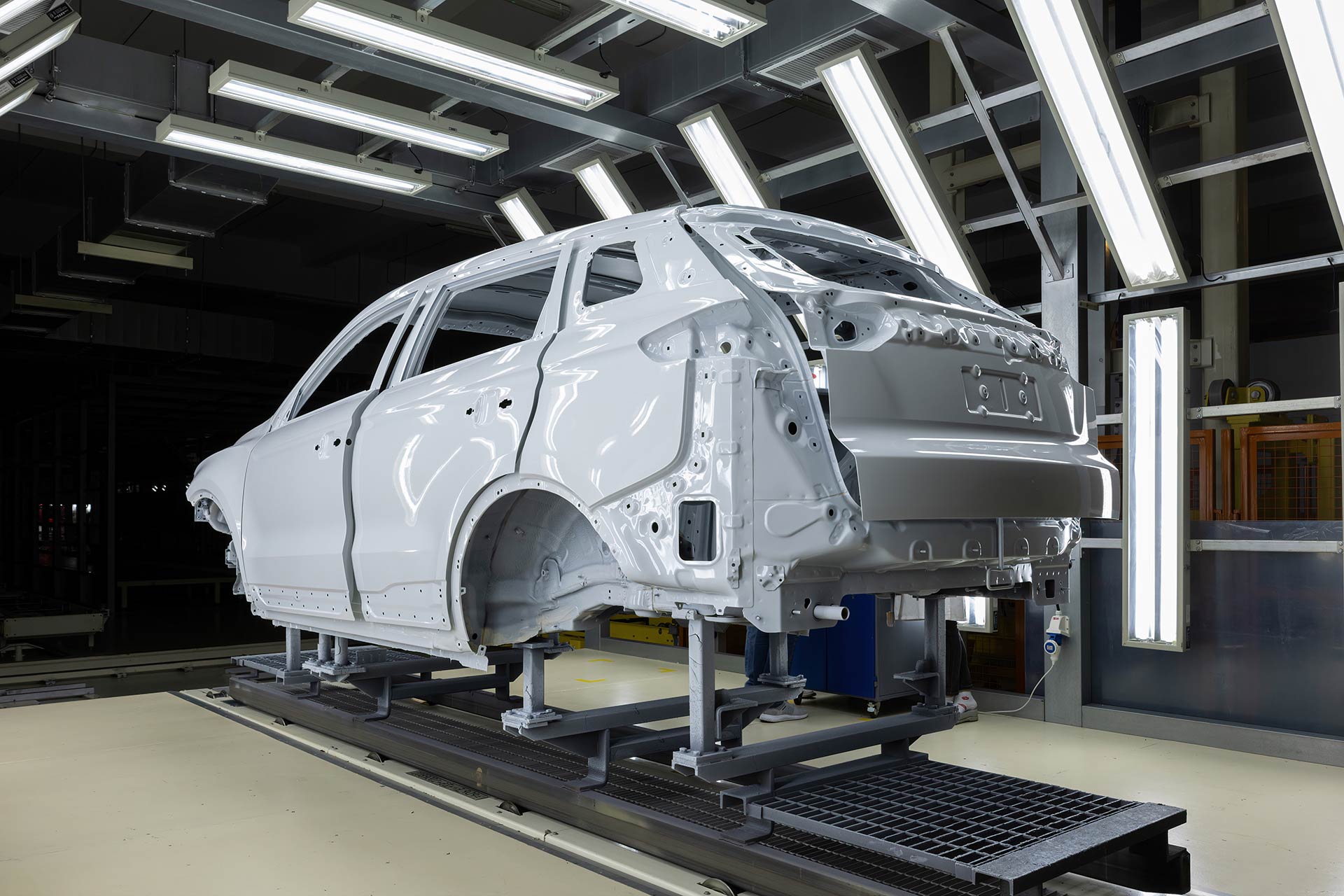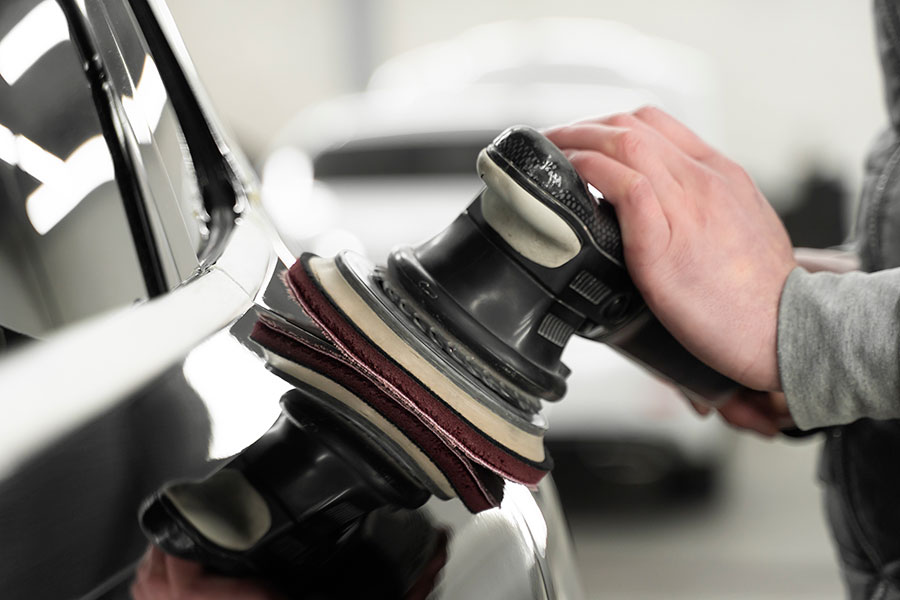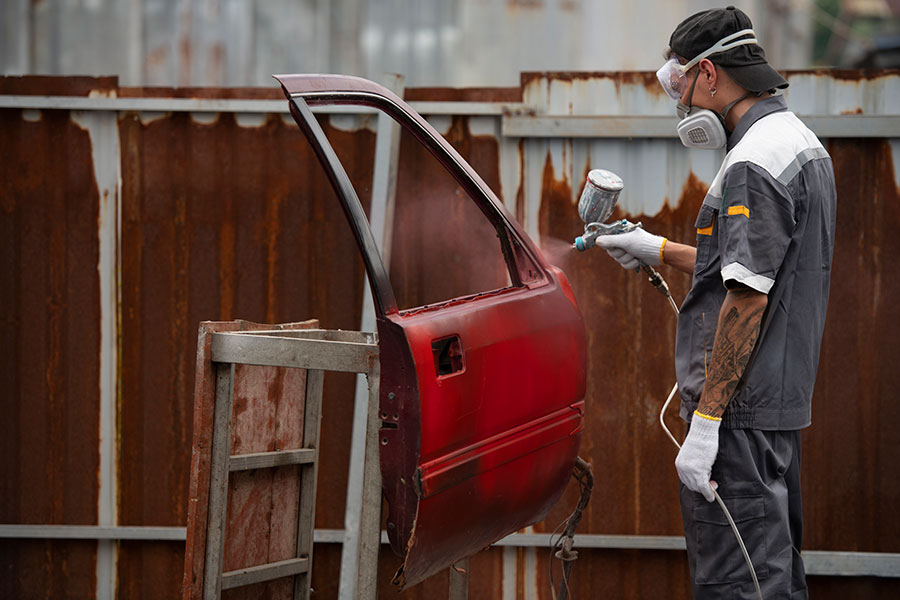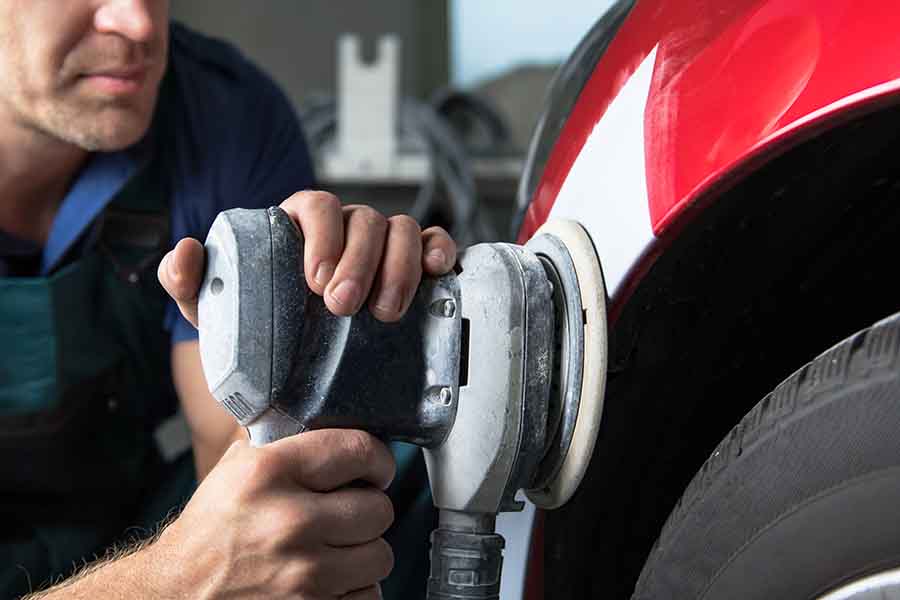The revolution of 3D printing is transforming industries far and wide, with the automotive sector riding at the forefront of this wave. Historically, car repair involved lengthy waits for parts and often costly manufacturing processes. Today, 3D printing in car repair is slashing wait times, cutting costs, and offering unprecedented customization options. From creating hard-to-find components for vintage cars to producing high-performance parts on-demand, the impact of this technology is vast. As we delve into the world of 3D printing in car repair, we uncover how it's not just about fixing cars quicker; it's about reimagining what's possible in automotive maintenance and restoration.
Evolution of Auto Repair
Manual to Digital
The auto repair industry has seen a significant transformation over the years. Initially, mechanics relied on their knowledge and physical tools to fix cars. This method, while effective, had its limitations.
Mechanics now use advanced diagnostic tools to pinpoint problems. These tools save time and increase accuracy in identifying issues. The shift from manual repairs to digital diagnostics marks a pivotal change in how cars are serviced.
Computer Diagnostics
Computer diagnostics have revolutionized auto repair. They allow for quick and precise problem identification, which was harder to achieve before.
With specialized software, mechanics can understand a car's condition in minutes. This technology not only speeds up the repair process but also ensures that the work is more accurate. It's a win-win for both mechanics and car owners.
Robotic Assistance
The introduction of robotic assistance in auto repair shops is another leap forward. Robots can perform complex repairs with precision that surpasses human capabilities. They work alongside human mechanics, taking on tasks that are either too intricate or too dangerous.
This integration of robotics into auto repair enhances efficiency and safety. It represents the future of automotive maintenance, where technology and human expertise combine for superior service.
From Traditional Techniques to 3D Printing
Time Efficiency
Traditional methods of manufacturing car parts often involve complex processes that can take weeks or even months. This includes designing the mold, setting up the machinery, and finally producing the part. In contrast, 3D printing streamlines this procedure significantly.
With 3D printing, the production time for parts is drastically reduced. Designers can create a digital model and print a prototype or final product in just hours or days. This speed not only benefits the repair shops but also the car owners who receive faster service.
Inventory Management
Traditionally, auto repair shops had to maintain large inventories of spare parts to ensure they could meet customer needs without delay. This approach ties up capital and space, creating inefficiencies.
3D printing introduces a shift towards on-demand production. Shops can print parts as needed, reducing the necessity for extensive inventory. This change lowers storage costs and minimizes waste from unsold stock. It's a more sustainable approach that aligns with modern business practices.
Customization Capabilities
Mass-produced parts may not always provide the perfect fit for every vehicle, especially older models or those requiring unique modifications. Before 3D printing, customizing these components was costly and time-consuming.
Now, 3D technology allows for the creation of custom-fit components with ease. Repair shops can design parts that match the specific needs of a vehicle, offering a level of personalization previously unattainable. This capability is particularly valuable for restoring vintage cars or enhancing performance vehicles.
3D Printing in Custom Parts Production
Vintage Solutions
3D printing shines when it comes to producing parts for vintage cars. Owners often struggle to find replacement parts for these vehicles. Traditional manufacturing methods fall short here due to high costs and low demand.
3D printing steps in as a hero. It allows car enthusiasts to recreate parts that are no longer available on the market. This technology uses digital blueprints to print objects layer by layer. This method is perfect for producing complex designs with high precision. With 3D printing, restoring a vintage car is not just a dream but a feasible project.
Precision Customization
The customization possibilities with 3D printing are nearly limitless. Car modifications and enhancements require a high level of precision. 3D printing meets this need perfectly.
It enables the production of parts that fit like a glove, enhancing both performance and aesthetics. Whether it's a custom gear knob or a tailored dashboard, 3D printing can bring these ideas to life. The technology's ability to produce intricate designs means that every detail can be tailored to the owner's preferences.
Cost-Effective Small Batches
One of the standout benefits of 3D printing is its cost-effectiveness for small batches of specialized parts. Traditional manufacturing methods have high setup costs, making them unsuitable for producing limited quantities.
With 3D printing, there's no need for expensive molds or setups. This makes it an ideal solution for creating specialized parts without breaking the bank. It opens up new possibilities for custom car projects, allowing creators to experiment with unique designs without significant financial risk.
Advancements in Automotive 3D Printing
Material Evolution
The development of stronger and more durable materials has been pivotal. Manufacturers now use advanced composites and metals that withstand extreme conditions. These materials ensure the longevity of 3D-printed automotive parts.
They offer resistance against heat and impact, crucial for engine components and exterior bodywork. This evolution means parts are not just prototypes but functional pieces used in everyday vehicles.
Technology Progress
Improvements in 3D printing technologies have been remarkable. Machines capable of producing larger parts have emerged. This shift allows for the creation of entire car sections, not just small components.
Such advancements have reduced production times significantly. They also make it feasible to produce complex designs that were previously impossible or too costly to manufacture using traditional methods.
Industry Partnerships
Collaborations between automotive companies and 3D printing firms are pushing boundaries. These partnerships focus on innovation and finding new ways to apply 3D printing in car repair and manufacturing.
For instance, a leading car manufacturer might team up with a 3D printing technology firm to develop a unique part exclusively for their vehicles. These collaborations ensure that automotive companies can offer bespoke solutions to their customers, enhancing the overall driving experience.
3D Printing Impact on Collision Repair
Speeds Up Repairs
3D printing brings a significant speed boost to the repair process. Traditional methods require ordering and shipping parts, which can take weeks. With 3D printing, shops produce the needed parts on-site within hours or days.
This quick production reduces vehicle downtime. Customers get their cars back sooner, enhancing satisfaction. Repair shops can handle more jobs in less time, increasing their revenue.
Reduces Costs
The cost-saving benefits of 3D printing in collision repair are twofold. First, it eliminates the need for holding large inventories of spare parts. Shops print what they need when they need it.
Second, by manufacturing parts in-house, repair shops cut down on shipping and handling costs. These savings are often passed on to customers, making repairs more affordable. The ability to produce parts on demand also means less waste, contributing to a greener repair process.
Improves Quality
One of the most notable impacts of 3D printing is the improvement in repair quality and vehicle safety. The technology allows for the creation of parts that match the exact specifications of the original components.
This precision ensures that repaired vehicles perform as intended, maintaining manufacturer standards for safety and functionality. Furthermore, customized solutions can be created for unique damage cases, ensuring optimal fit and performance.
Comparing Traditional and 3D Printing Processes
Waste Production
3D printing stands out for its minimal waste production. Unlike traditional manufacturing, which often involves cutting away large portions of material, 3D printing adds material layer by layer to create a part. This means it only uses the exact amount of material needed for each component.
Traditional methods can be wasteful. For example, when making a car part, blocks of metal or plastic are carved into shape, leaving behind substantial waste. In contrast, 3D printing's precision ensures materials are utilized efficiently, making it a greener alternative.
Labor Intensity
3D printing significantly reduces the need for manual labor. Once a design is finalized, the 3D printer can produce parts with little human intervention. This automation not only speeds up the production process but also reduces the likelihood of human error.
Traditional car repair processes often require skilled technicians to manually shape and fit parts. This labor-intensive approach not only takes more time but also increases the cost of repairs. With 3D printing, shops can produce complex parts quickly and with fewer workers, leading to cost savings and increased productivity.
Customization Level
The level of customization that 3D printing offers is unmatched. Since each part is printed from a digital file, modifications can be made easily without the need for new tools or molds. This flexibility allows for personalized solutions tailored to specific repair needs or customer preferences.
Traditional manufacturing methods are less adaptable. Creating custom parts usually requires creating new molds or setups, which can be costly and time-consuming. 3D printing’s ability to adjust designs on the fly opens up possibilities for unique modifications and enhancements that were previously difficult or impossible to achieve.
Technical Benefits of 3D Printing
Material Efficiency
3D printing stands out for its material efficiency. Unlike traditional methods that cut away excess material, 3D printing adds material layer by layer where it's needed. This process significantly reduces waste, making it a more sustainable choice for car repair. Shops can use just the right amount of material, cutting down on excess costs and environmental impact.
They save resources and money. Less waste also means less cleanup, streamlining the repair process further.
Rapid Prototyping
The ability to create prototypes quickly is another major advantage. With 3D printing, shops can design, print, and test parts in a fraction of the time it takes with traditional methods. This speed supports rapid innovation and design changes, allowing for a more agile development process.
Shops can iterate designs multiple times without significant delays or costs. This flexibility is crucial for customizing parts for specific repairs or experimenting with new solutions that improve car performance.
Complex Designs
One of the most significant benefits of 3D printing is its ability to handle complex designs effortlessly. Traditional manufacturing often struggles with intricate details or unique geometries without ramping up costs. However, 3D printers can create complex parts at no extra charge.
This capability opens up new possibilities for car repair, including the integration of advanced features into replacement parts that could enhance vehicle performance or longevity. Mechanics can offer solutions that were previously impossible or too expensive to consider.
Shaping the Future of Auto Repair
Local Shops
Local repair shops are on the brink of a major transformation. With 3D printing, these establishments could soon offer much faster service. This is because they'll be able to produce parts on-demand, right on the premises. No longer will there be long waits for a specific part to arrive from suppliers.
Customers will benefit greatly from this shift. They'll see their vehicles returned to them quicker than ever before. This convenience is bound to increase customer satisfaction and loyalty.
Home Printing
Imagine fixing your car in your own garage with parts you printed yourself. This scenario is getting closer to reality every day. Advances in 3D printing technology may soon allow consumers to manufacture their own car parts at home.
This development could revolutionize car maintenance for many. It offers a level of independence and flexibility previously unheard of. However, it also requires individuals to have a certain level of technical know-how and access to 3D printers capable of producing durable, automotive-grade components.
Research Advancements
The potential for 3D printing in auto repair is immense, largely thanks to ongoing research into new materials and techniques. Scientists and engineers are working hard to find ways to make printed parts even stronger and more durable.
They are exploring everything from advanced polymers to metal printing processes. These efforts could lead to breakthroughs that make 3D-printed parts superior to their traditionally manufactured counterparts in many cases.
This research not only promises to enhance the quality of repairs but could also make them more cost-effective in the long run. As these new materials and methods become more mainstream, the cost of producing parts could decrease significantly.
Maintaining Your Car with 3D Printed Parts
Longevity and Reliability
3D printed parts have revolutionized car maintenance. They offer customization and speed in production, but how do they stack up against traditional parts? Studies show that with the right materials and printing techniques, 3D printed components can match or even surpass the durability of conventional parts.
The key lies in selecting high-grade filaments. Metals like titanium and aluminum, when used in 3D printing, provide strong, lightweight parts perfect for automotive use. These materials ensure that the parts can withstand the rigors of daily driving, from extreme temperatures to rough roads.
However, not all 3D printed parts are created equal. The technology and material used play a critical role in the part's longevity. It's essential to understand that while some 3D printed replacements are ideal for non-critical components, critical safety parts require thorough testing and certification.
Sourcing Quality Services
Finding a reputable 3D printing service is crucial for getting high-quality car parts. Start by researching providers that specialize in automotive components. Look for services with positive reviews and a portfolio of successful projects.
Ask about the types of materials they use and their printing technologies. High-resolution printers and premium materials yield better results. Also, inquire about their testing processes to ensure the parts meet safety and durability standards.
Regular Maintenance Checks
To keep your car running smoothly with 3D printed parts, regular maintenance checks are essential. These inspections help identify issues early, preventing costly repairs down the line.
Pay special attention to how the 3D printed components are holding up under use. Look for signs of wear or damage, such as cracks or warping. If you notice any problems, consult with a professional immediately to assess whether the part needs replacement.
Regularly scheduled maintenance not only extends the life of the 3D printed parts but also ensures your vehicle remains safe on the road. It's a critical step in taking full advantage of this innovative technology.
Summary
3D printing is revolutionizing car repair, offering you faster, more efficient, and often cheaper solutions than traditional methods. From creating custom parts on-demand to reducing waste and improving the precision of repairs, the benefits are clear. You've seen how this technology is not just a future concept but a present reality, shaping the future of auto repair today. It's about time you consider how 3D printing can benefit your vehicle's maintenance or repair needs.
Embrace the change. Explore local 3D printing services or consult with your mechanic about integrating 3D printed parts for your next repair project. The shift towards 3D printing in auto repair is inevitable, and staying informed will ensure your car benefits from the latest advancements in automotive repair technology. Let's drive into the future together, with 3D printing steering the way to more sustainable, efficient, and innovative car repairs.
Frequently Asked Questions
How has 3D printing changed auto repair?
3D printing has revolutionized auto repair by enabling custom parts production, reducing repair times, and lowering costs. It allows for precise manufacturing of parts on-demand, transforming how cars are maintained and repaired.
Can 3D printing be used for all car parts?
While 3D printing is versatile, it's primarily used for custom, non-critical components. Current technology doesn't support the production of all car parts, especially those requiring high-strength materials.
What are the main benefits of 3D printing in car repair?
The main benefits include cost reduction, faster production times, and the ability to produce custom parts with complex designs that are not feasible through traditional manufacturing methods.
How does 3D printing compare to traditional car repair methods?
3D printing offers a more efficient and cost-effective solution compared to traditional methods. It reduces waste, speeds up the repair process by producing parts on-demand, and allows for greater customization.
Is 3D printed auto parts as durable as traditionally manufactured ones?
The durability of 3D printed parts can vary but has significantly improved with advancements in materials and printing technology. For many applications, they match or exceed the quality of traditionally manufactured parts.
How is 3D printing shaping the future of auto repair?
3D printing is paving the way for more sustainable, efficient, and customizable auto repairs. It's reducing dependency on mass-produced parts inventories and enabling shops to quickly respond to unique repair needs.
Can I use 3D printed parts for my car maintenance?
Yes, you can use 3D printed parts for certain maintenance tasks. These parts are particularly useful for replacing hard-to-find or obsolete components. However, it's essential to ensure they meet safety and performance standards.

